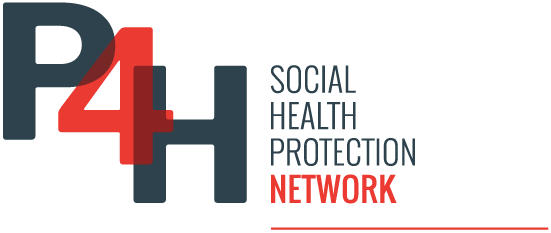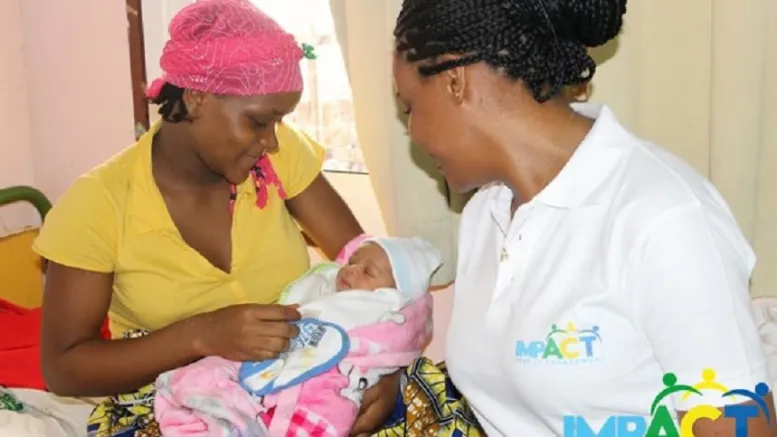In the 2020 report, Health financing and budgeting reforms in Gabon: process and challenges on the road to universal health coverage, experts say,
Gabon initiated a fundamental reform of health financing in 2007 to support the goal of universal health coverage (UHC). Country leaders expanded health coverage to the poorest segments of the population, mobilized additional public funds through earmarked taxes, and created a national purchasing agency, the Caisse Nationale d’Assurance Maladie et de Garantie Sociale (CNAMGS).
This national purchasing agency covers 76% of the Gabonese population, and two thirds of members are identified as living in poverty. People covered by this agency receive the same benefits as all insured people.
The summary of the same report provides information about opportunities and challenges of health financing reform in the country:
In 2017, the government terminated one of its earmarked taxes, further endangering the sustainability of the public funding model. The mobile phone tax had existed for a decade and its termination weakened financing for the social health insurance program for the poor (Gabonais Économiquement Faibles, GEF), the Gabon Indigents Scheme. The Special Solidarity Contribution (Contribution Spéciale de Solidarité, CSS), created in 2017–2018, may not cover the gap. Ensuring continuity in support for the GEF should be a priority to guarantee the reform’s protections for low-income Gabonese. On the expenditure side, in the absence of a strategic purchasing policy and the predominant use of fee-for-service payments, the escalating costs at purchaser level is a primary concern. The structure of the national purchasing agency (Caisse Nationale d’Assurance Maladie et de Garantie Sociale, CNAMGS) is split into three separate funds for different population groups. That contributes to financial fragmentation and complex funding flows for health service providers. …
Significant progress has been made in strengthening budgeting and spending practices. However, in recent years, there have been challenges in implementing overall PFM [public financial management] measures, leading to significant disruptions in the PFM system. The adoption of programme budgets for all sectors marked a significant shift. Still, several design and implementation issues have hampered results. Budgetary programmes in health are not aligned with sector priorities, are too concentrated, and do not allow [ministry of health] leaders to set the right spending priorities. Budget execution has dropped dramatically in recent years, mostly because of budget design flaws and complexities in spending procedures. The execution rate for [ministry of health] expenditures following the introduction of the programme budget remains below 60%”.
[1] World Health Organization, Global Health Expenditure Database, Indicators and Data (choose country)
[2] Caisse Nationale d’Assurance Maladie et de Garantie Sociale, CNAMGS



